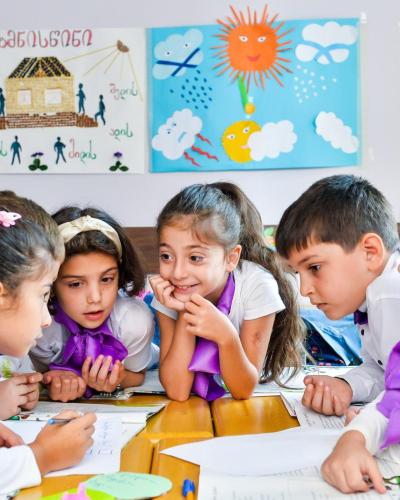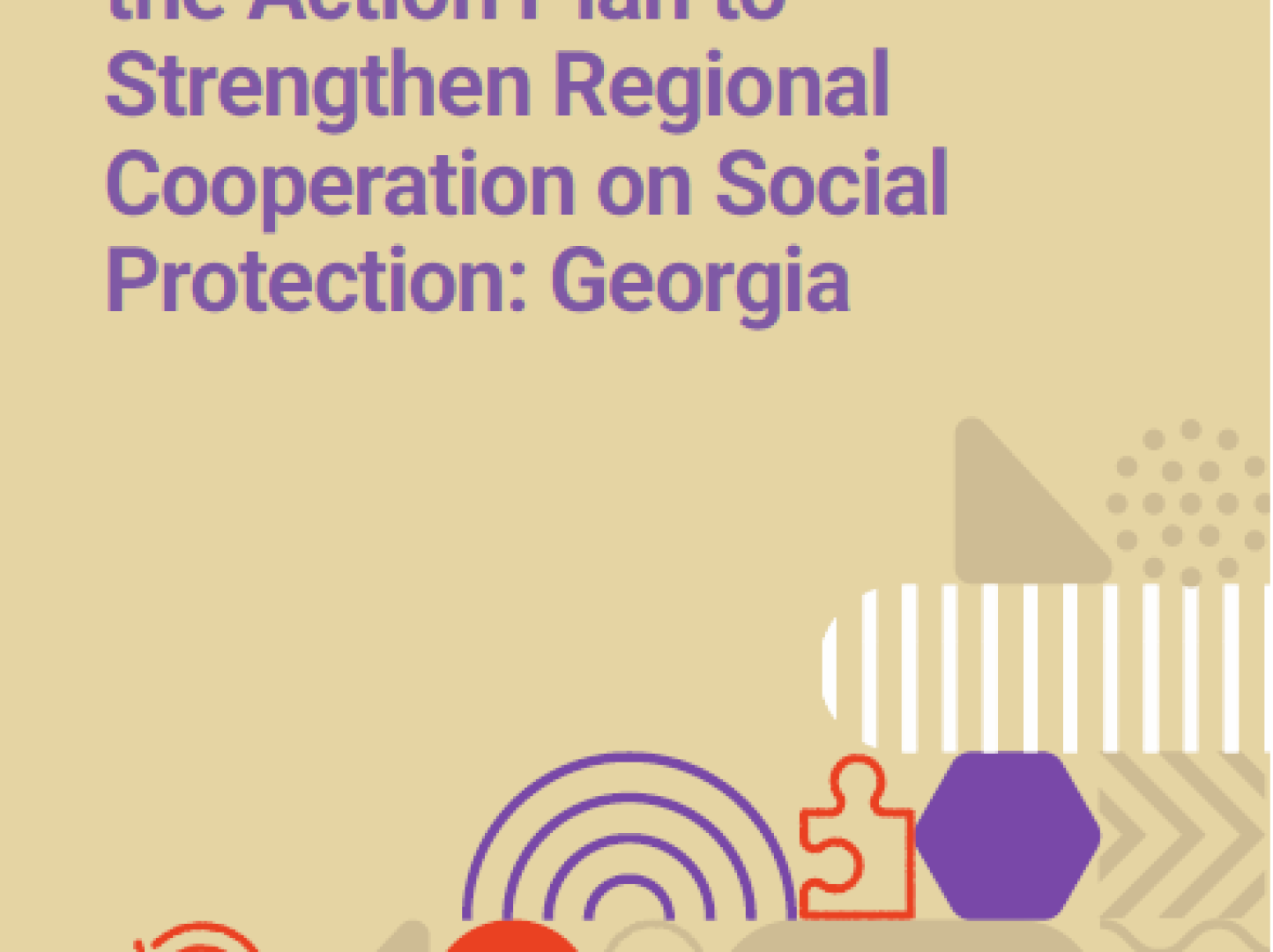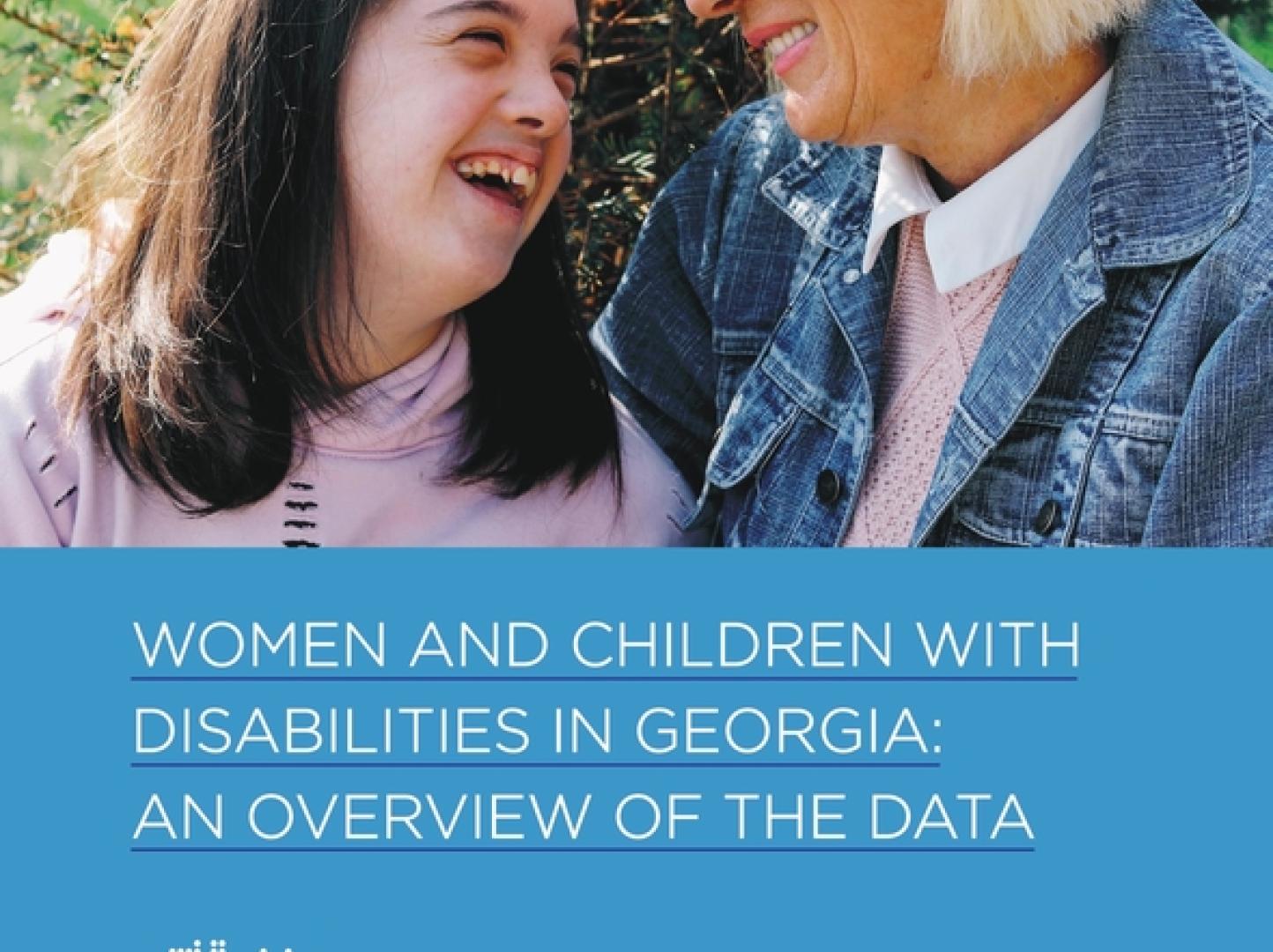Key messages and actions for coronavirus disease (COVID-19) prevention and control in schools

As of March 2020, the outbreak of coronavirus disease (COVID-19) has been declared a Public Health Emergency of International Concern, and the virus has spread to many countries and territories. While COVID-19 continues to spread, it is important that communities take action to prevent further transmission, reduce the impacts of the outbreak and support control measures.
The protection of children and educational facilities is particularly important. Precautions are necessary to prevent the potential spread of COVID-19 in school settings. However, care must also be taken to avoid stigmatizing students and staff who may have been exposed to the virus. COVID-19 does not differentiate among borders, ethnicities, disability status, age or gender. Education settings should continue to be welcoming, respectful, inclusive and supportive environments to all. Measures taken by schools can prevent the entry and spread of COVID-19 by students and staff who may have been exposed to the virus, while minimizing disruption and protecting students and staff from discrimination.
The purpose of this document is to provide clear and actionable guidance for safe operations through the prevention, early detection and control of COVID-19 in schools and other educational facilities. The guidance, while specific to countries that have already confirmed the transmission of COVID-19, is relevant in all other contexts. Education can encourage students to become advocates for disease prevention and control at home, in school and in their community by talking to others about how to prevent the spread of viruses. Maintaining safe school operations or reopening schools after a closure requires many considerations but, if done well, can promote public health.




